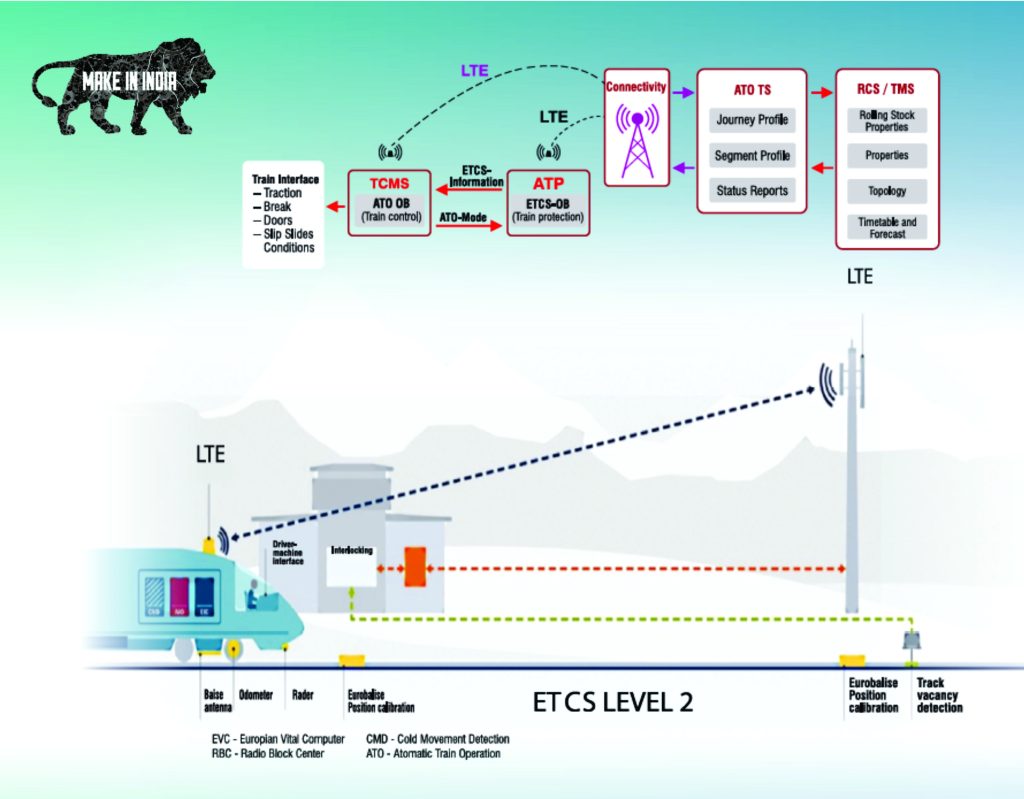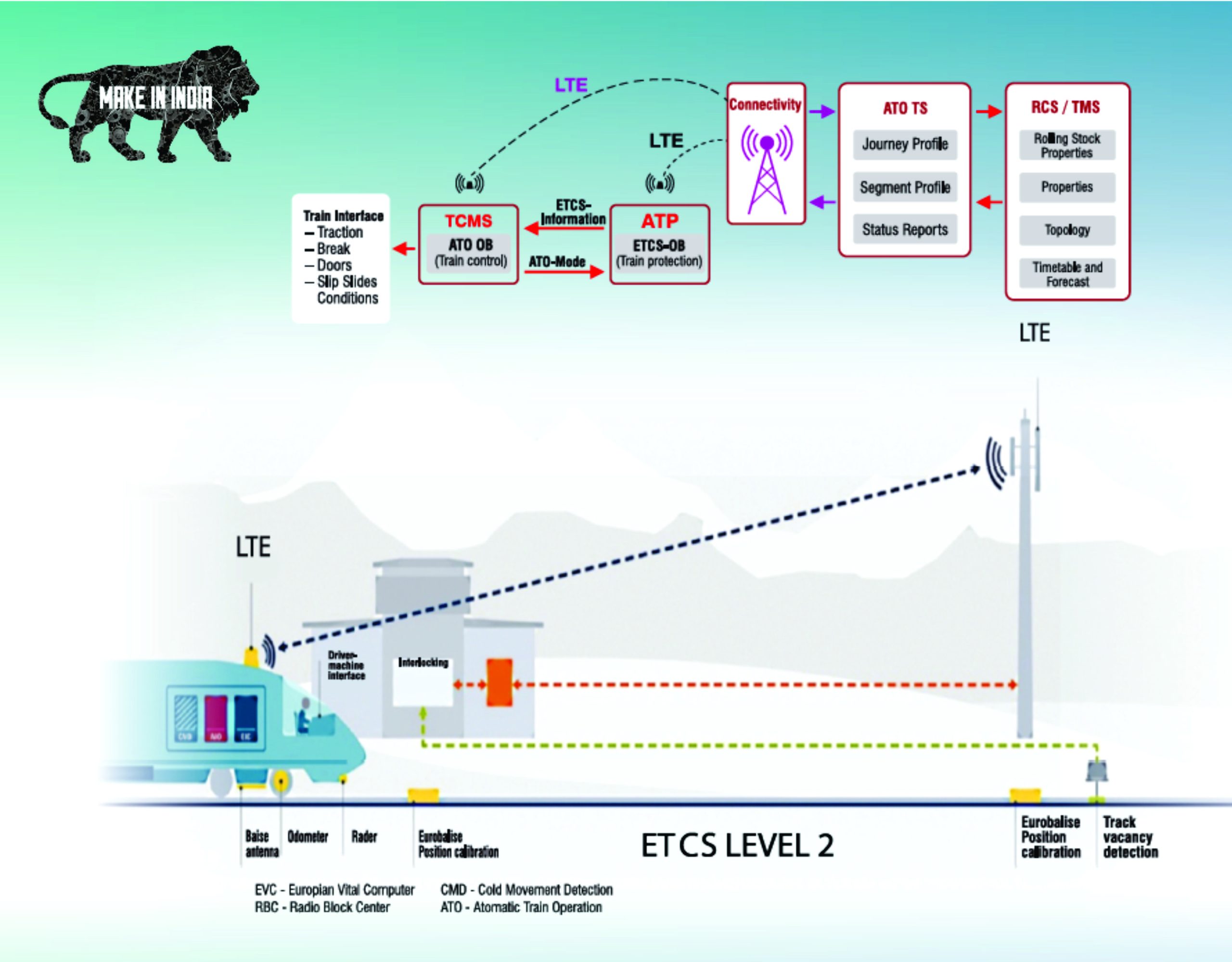NCRTC will pioneer the use of the most-advanced signalling and the train control system in India’s first RRTS. The adoption of the modern European Train Control System Level 2 (ETCS L2) signalling over the Long-Term Evolution (LTE) communication backbone with the adoption of state of art Hybrid Level 3, will make RRTS to have one of the most advanced signalling and train control system of the world.
M/S Alstom India has been awarded the mandate for the design, supply, installation, testing and commissioning of Signalling & Train Control, Telecommunication & PSD Systems for the Delhi-Ghaziabad-Meerut RRTS Corridor. This mandate conforms to the guidelines of Make in India, including fulfilling the specific requirement of local content in various components, as specified by the Government of India.
Adoption of this signalling technology adds to the distinction of RRTS, as the first the technologically advanced rail network in India to be operational with a design speed of 180 km/hr. This also strengthens NCRTC’s endeavour to leverage cutting-edge technology to enhance operational efficiency and hassle-free safe travel experience for commuters.
A salient feature of the RRTS is its interoperability that will facilitate seamless commuter movement across corridors, without the hassle of changing the trains. The ETCS signalling system will be a key enabler to ensuring interoperability and train movement at quick frequencies, thereby reducing the waiting time for passengers. This system will also be the world’s first to deploy the combination of the latest ETCS Standard, the latest Digital Interlocking and Automatic Train Operation (ATO) over Long-Term Evolution (LTE) radio.
The platform screen door operation will also be integrated which will provide the utmost level of safety to commuters. To avoid any possibility of accidental fall of passengers on the tracks, all the RRTS stations will have platform screen doors. The platform screen doors (PSDs) will be integrated with the signalling system, ensuring that the train doors and PSDs are synchronised. The train will start only after both train doors and PSDs are closed, thus ensuring full safety of the commuters.






